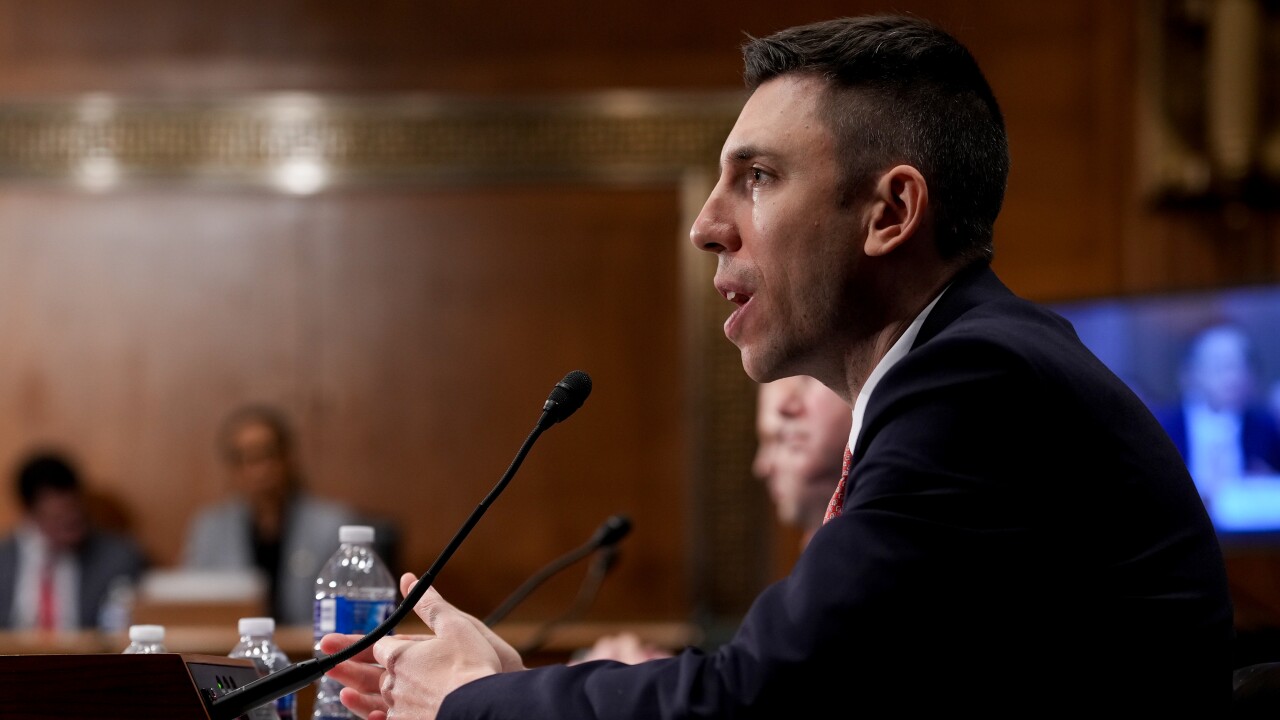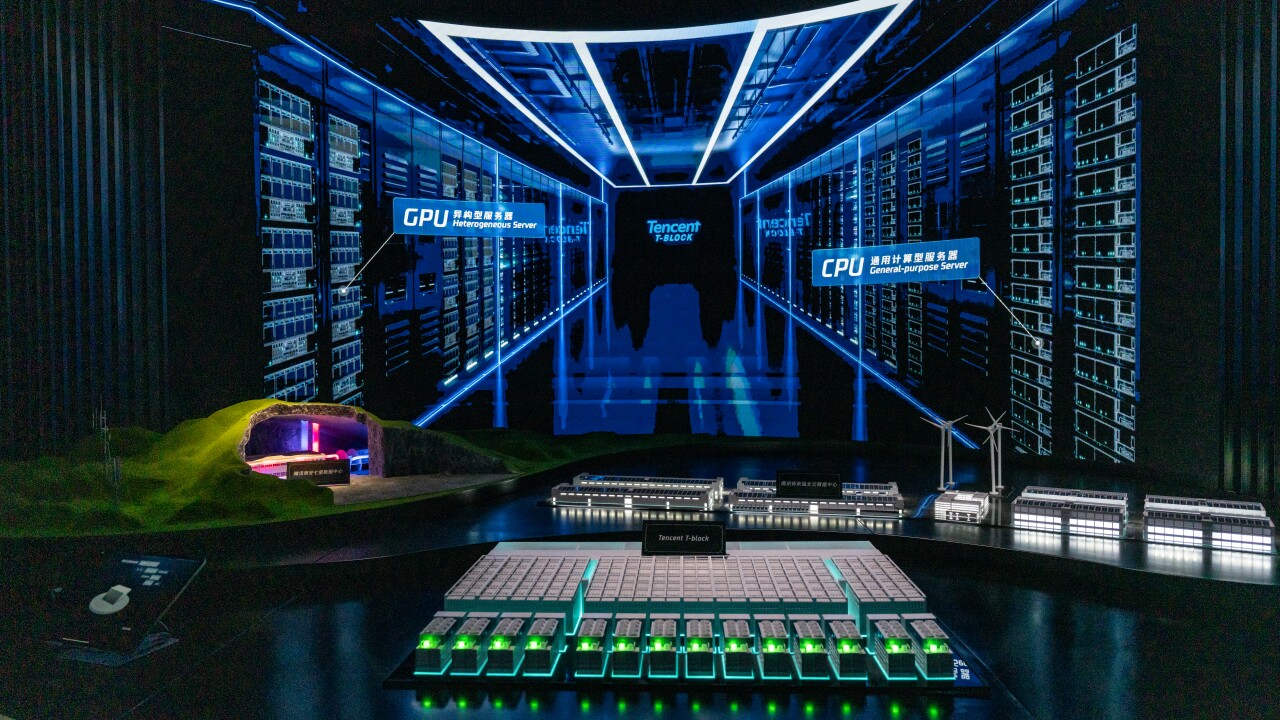CHICAGO — As large and small cities across the world seek ways to build a network that connects devices, collects data and moves nearly every aspect of urban life into a digital world, payments technology is providing examples to follow.

City governments in the U.S. began looking at the potential of the Smart Cities concept and its digital ecosystem more than three years ago, when the Washington, D.C.-based
"Our cities today don't operate much differently than they did in the 1940s," Shaina Doar, senior policy director at Sidewalk Labs in Chicago, said Nov. 10 during the Internet of Things Summit. "But the integration of digital data and connectivity of the Internet of Things will create a new urban experience."
A major part of the digital revolution is the connectivity already in place with consumers carrying smartphones with applications to do many tasks, including making payments, Doar said.
"Much of this is enabling constant digital networks, creating a 'distributed trust' between parties," Doar added. "Location services operating in real time are enabling a wide variety of uses, as a third of mobile apps today have location services."
As cities move toward Smart Cities projects, the digital networks will come into play in monitoring utilities use and payments, traffic, crime, infrastructure maintenance, and parking and public transportation availability and payments.
All of the major factors that drive payment innovation — speed, security and privacy — come into play when major city departments and services advance with digital networks. Sensors, a key component of any IoT project, play a major role in all of these advancements.
An estimated 50 billion sensors are already in place throughout the world, many placed strategically throughout a city as a way to gather data and monitor everything from traffic to infrastructure erosion.
But those sensors are also a part of beacon technology that plays a key role in location-based marketing and communication with consumers in order to offer deals or initiate payments in retail settings.
"It's the sensor that can detect proximity, and it knows who the consumer is and what apps that consumer may have on the mobile phone," said Steven Loving, vice president of sales for ThingLogix. "This is the same technology that will work in so many other facets of Internet of Things developments, and it's an absolutely huge market."
One needs only to keep an eye on Apple products to realize how important sensors will be as digital networks develop in all facets of life, said Steffen Zacharias, head of connected devices and solutions, North America, for Bosch Group.
"In the early days of smartphones, we were finding that they easily had about 15 sensors in them," Zacharias said.
Currently, the volume for sensors is clearly in consumer electronics and smartphones, but their capabilities are starting to cross over into other use cases, Zacharias added.
"We are seeing projects in which consumer-grade sensors are going into applications that currently are only accessible with automotive-grade sensors because both worlds are growing so closely together," Zacharias said. "If you have an iPhone and go through the design process of the sensor, it is an extreme almost comparable to what is in automotive."
Such a scenario opens the door for in-car payments capabilities that technology, automotive and payments companies are contemplating in future
Over the next few years, sensor technology will grow in Internet of Things projects to a point that it will "exceed what we are seeing in consumer electronics," Zacharias said.
More recently, financial institutions and payments networks are seeing the benefits of
In addition, point of sale
In that regard, the data collected or technology in place at stores, hotels and restaurants about consumer behavior within those businesses are part of what will create "a holistic solution to deliver smarter cities to everyone in a city," Justin Bean, director of Smart City Solutions Marketing for Hitachi Insight Group.
Public/private partnerships are essential in Smart Cities development and cost savings, Bean said. In addition to digital payment networks being in place, something as common as the video camera networks in hotels and businesses can be connected to others in the city to provide information and data to other city services, Bean said. Much of the focus in these cases is on public safety, he added.
"If you look for these opportunities where data already exists in the private sector, the question is how can we work together with government and private sector to have an impact," Bean said. "In other words, how can we do the Uber of Smart Cities?"





